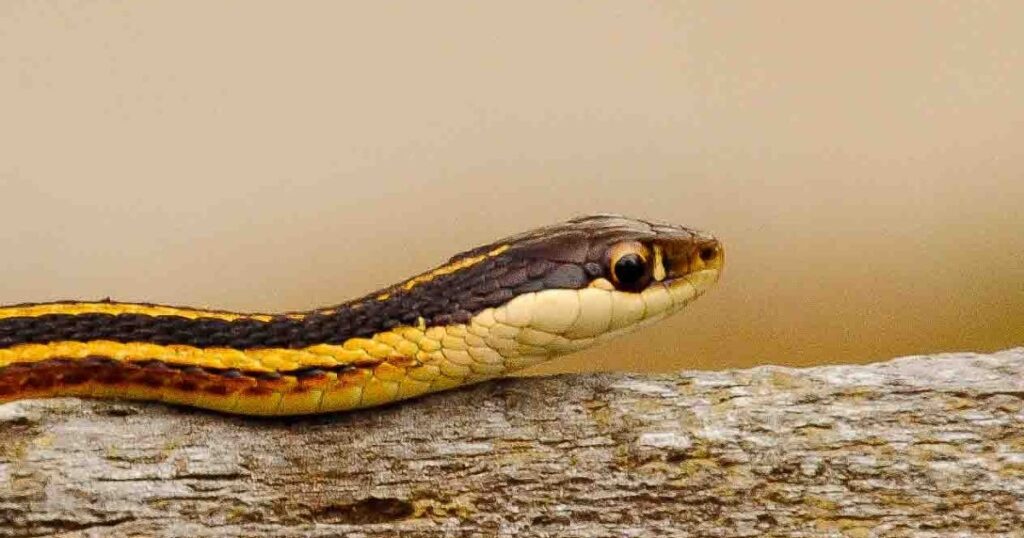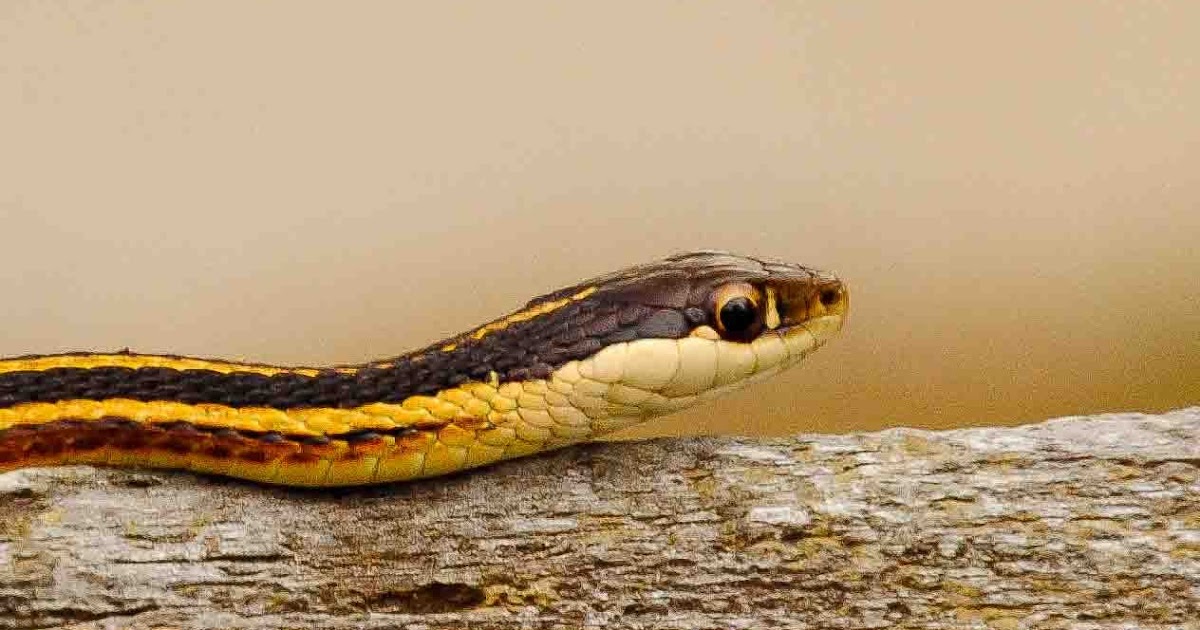
The Shocking Truth: Understanding the Risks of a Snake on an Electric Fence
The image of a snake on an electric fence is both striking and unsettling. It raises immediate questions about the snake’s well-being, the potential dangers to humans and animals, and the functionality of the fence itself. This article delves into the complexities of such a scenario, exploring the science behind electric fences, the behavior of snakes, and the potential consequences of their interaction. Understanding these factors is crucial for responsible land management and ensuring the safety of both wildlife and property.
Electric Fences: A Primer
Electric fences are designed to deter animals by delivering a non-lethal electric shock upon contact. They typically consist of a series of wires carrying a high-voltage, low-amperage current. The shock is intended to be unpleasant enough to discourage animals from crossing the fence line. These fences are commonly used in agriculture to contain livestock, protect crops from wildlife, and for security purposes. The effectiveness of an electric fence depends on several factors, including the voltage output of the energizer, the grounding system, and the animal’s size and sensitivity.
The principle behind an electric fence is simple: when an animal touches the fence and simultaneously touches the ground, it completes an electrical circuit. This causes a brief but intense shock. The amperage, or current flow, is kept low to minimize the risk of serious injury. However, the shock can still be quite painful, particularly for smaller animals. The duration and intensity of the shock are carefully calibrated to deter animals without causing lasting harm.
Snake Biology and Behavior
Snakes are cold-blooded reptiles, meaning their body temperature is regulated by their environment. This influences their activity levels and behavior. Snakes are most active during warmer months and may become sluggish or dormant during colder periods. They are diverse in size, diet, and habitat, with species found on every continent except Antarctica. Snakes play a vital role in ecosystems as both predators and prey.
Snakes move using a variety of methods, including lateral undulation, rectilinear movement, and sidewinding. Their scales provide traction, allowing them to navigate diverse terrains, including rough surfaces like electric fences. They are generally shy creatures that prefer to avoid confrontation. However, they will defend themselves if they feel threatened. This defense mechanism may include striking, biting, or releasing a foul-smelling musk. [See also: Snake Identification Guide]
The Interaction: Snake Meets Electric Fence
When a snake comes into contact with an electric fence, several factors determine the outcome. The snake’s size, the moisture on its skin, and the fence’s voltage all play a role. A small snake with moist skin is more likely to receive a stronger shock than a large, dry snake. The shock may cause the snake to recoil and retreat, but it could also lead to injury or even death in some cases.
The image of a picture of snake on electric fence often evokes concern for the snake’s welfare. While electric fences are designed to be non-lethal, the shock can still be harmful, especially to smaller animals. The severity of the shock depends on several factors, including the voltage of the fence and the snake’s size and condition. A picture of snake on electric fence can also highlight the potential dangers of such a situation, not only to the snake but also to humans who may attempt to intervene. The picture of snake on electric fence is a stark reminder of the potential conflict between wildlife and human infrastructure.
Potential Risks and Consequences
The primary risk to a snake encountering an electric fence is the electric shock itself. While typically non-lethal, the shock can cause muscle spasms, burns, and even cardiac arrest in rare cases. A picture of snake on electric fence might show a snake in distress, highlighting the potential suffering involved. Furthermore, a snake that is repeatedly shocked may become trapped or disoriented, increasing its vulnerability to predators.
There are also potential risks to humans and other animals. If someone attempts to remove a snake from an electric fence without proper precautions, they could receive a shock. Additionally, a damaged fence could pose a hazard to livestock or other animals. It’s crucial to approach any situation involving an electric fence with caution and to follow safety guidelines. The picture of snake on electric fence should serve as a reminder to prioritize safety when dealing with electric fences and wildlife.
Another important consideration is the potential damage to the electric fence itself. A snake wrapping around the wires could cause a short circuit or damage the insulators, reducing the fence’s effectiveness. Regular maintenance and inspection of electric fences are essential to ensure their proper function and safety. This includes checking for any signs of damage or interference from wildlife. Imagine the impact of a picture of snake on electric fence going viral, raising awareness about fence maintenance. [See also: Electric Fence Maintenance Tips]
Prevention and Mitigation Strategies
Several strategies can be implemented to minimize the risk of snakes encountering electric fences. These include maintaining a clear area around the fence line to reduce snake habitat, using fences with smaller wire spacing to prevent snakes from crossing, and adjusting the voltage of the fence to a level that is effective for deterring larger animals without posing a significant risk to smaller ones.
Another approach is to create alternative pathways for snakes to cross the fence line safely. This could involve providing natural cover or creating designated crossing points. Educating the public about snake behavior and the importance of coexisting with wildlife can also help reduce conflicts. The goal is to find solutions that protect both property and wildlife. Seeing a picture of snake on electric fence can motivate people to implement preventative measures.
Ethical Considerations
The use of electric fences raises ethical questions about the treatment of animals. While these fences are generally considered humane when used properly, it’s important to consider the potential impact on wildlife. Responsible land management practices should prioritize minimizing harm to animals and promoting biodiversity. This includes regularly inspecting fences, adjusting voltage levels as needed, and implementing preventative measures to reduce the risk of animal encounters.
The picture of snake on electric fence forces us to consider our role in protecting wildlife. It’s a reminder that our actions can have unintended consequences on the natural world. By adopting ethical and responsible practices, we can minimize the negative impacts of our activities and promote a more harmonious coexistence with wildlife. A responsible approach involves balancing the need for property protection with the welfare of animals. A picture of snake on electric fence should prompt reflection on our responsibilities. [See also: Ethical Considerations in Wildlife Management]
Conclusion
The picture of snake on electric fence is more than just a snapshot; it’s a symbol of the complex interactions between humans, technology, and wildlife. Understanding the risks and consequences of such encounters is crucial for promoting safety and responsible land management. By implementing preventative measures, adopting ethical practices, and educating the public, we can minimize the potential harm to snakes and other animals while ensuring the effective use of electric fences. The key is to find a balance that protects both property and wildlife, fostering a more sustainable and harmonious relationship with the natural world. The picture of snake on electric fence serves as a powerful reminder of this ongoing challenge. Seeing a picture of snake on electric fence should encourage us to seek solutions that benefit both humans and wildlife. The impact of a picture of snake on electric fence can be significant, driving awareness and promoting responsible practices. The picture of snake on electric fence often sparks discussions about animal welfare and fence safety. The unsettling picture of snake on electric fence makes us think about how we can prevent such situations. The picture of snake on electric fence raises questions about the effectiveness of electric fences and their impact on wildlife. The picture of snake on electric fence is a visual representation of the challenges of coexisting with wildlife. This picture of snake on electric fence is a call to action for responsible land management. This picture of snake on electric fence highlights the need for ongoing research and development of wildlife-friendly fencing solutions.

